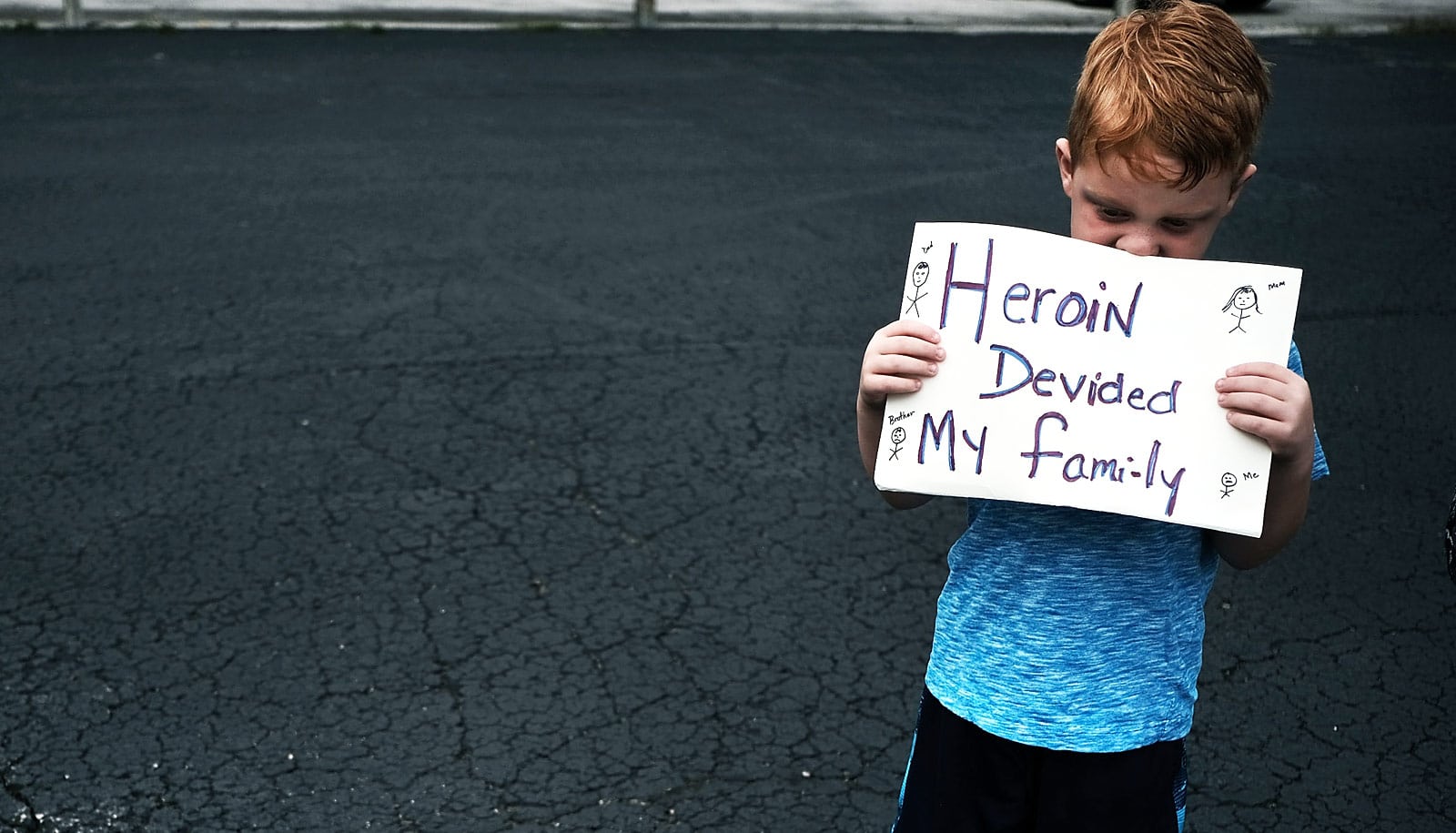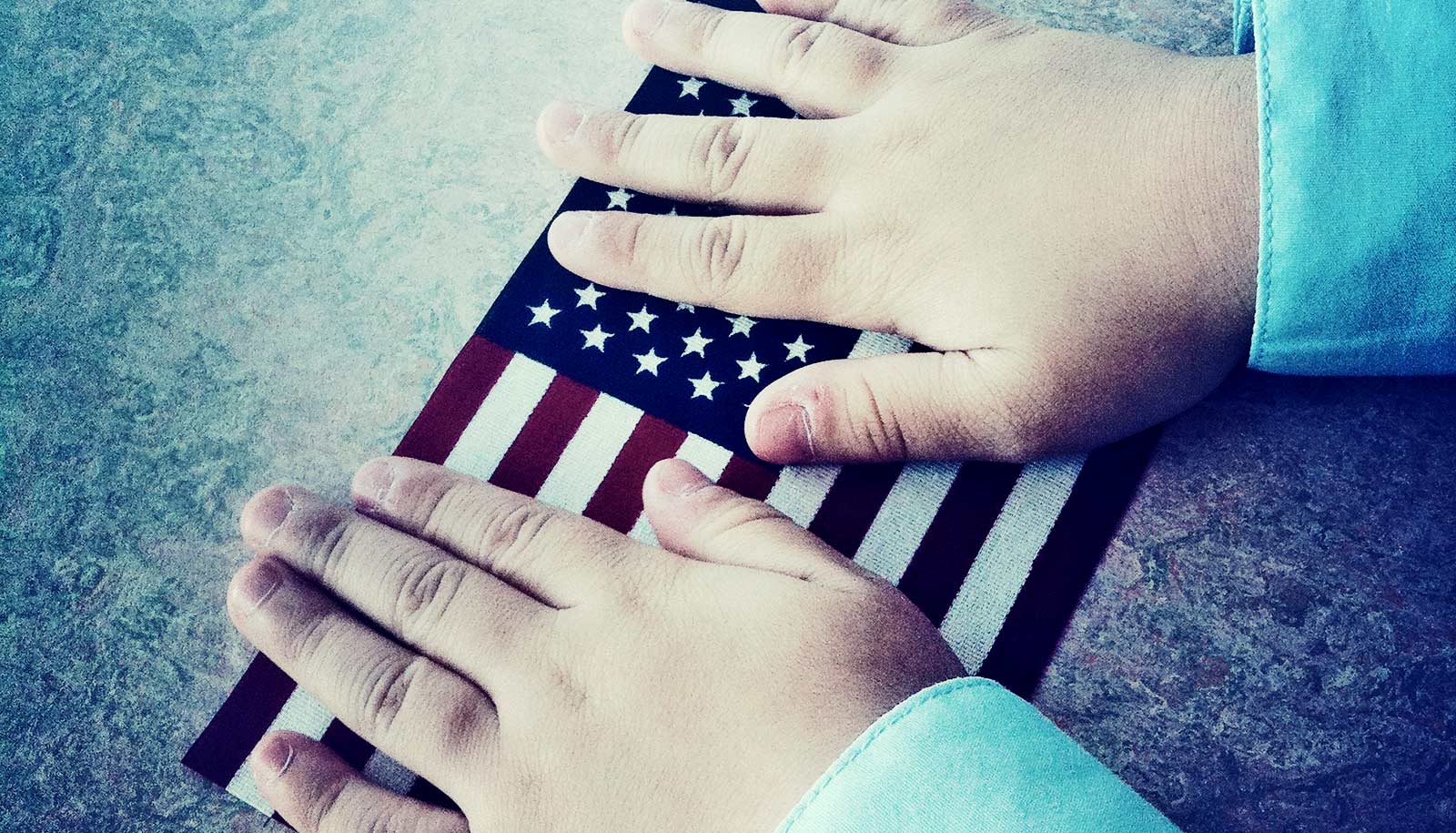Opioid poisoning killed close to 9,000 children and teens in the United States over the last two decades—a nearly three-fold increase in mortality rates, a new study shows.
The findings illustrate how the opioid epidemic continues to evolve and harm children even as efforts to confront the crisis through treatment and limits on opioid prescribing ramp up.
Childproof packaging for drugs like Suboxone could help protect children.
The high opioid overdose death rate among adults is well known, but how many children die each year because of prescribed and illegal opioids is unclear. Researchers collected and analyzed Centers for Disease Control and Prevention mortality data from 1999 through 2016 to find out.
A prior estimate of pediatric opioid deaths that focused only on hospitalizations put the annual death toll at approximately 30 deaths per year, but the current study, which includes deaths in all settings, shows that the yearly total is closer to 500, researchers say. Nearly 40 percent of children died at home.
“While there was a decline in the death rates in 2008 and 2009 that corresponded with a decrease in prescribing trends, the rates are going up again,” says Julie Gaither of Yale University, lead author of the paper in JAMA Network Open. “It’s due to a rise in heroin and synthetic opioid use among teens.”
The children most at risk are older teens, who represent 88 percent of those who died from opioids. But even very young children under age five are at risk. About one-quarter of those deaths were due to homicides. More research is needed to understand how abuse, neglect, and parental substance abuse—including opioid abuse—affect these deaths, researchers say.
Further, the study highlights how the opioid crisis increasingly harms other subgroups of children. “This is still a problem that affects whites and males mostly, but that is changing. Death rates among females, blacks, and Hispanics are rising rapidly,” Gaither says.
The findings show that despite efforts to contain the crisis among adults, experts need to do more to address the effect of opioids on children and families. For example, childproof packaging for prescription opioids used for addiction treatment, such as Suboxone, could go a long way toward protecting children, Gaither says.
Methadone, a drug used to help adult opioid users reduce cravings, is also implicated in a disproportionate number of pediatric opioid deaths.
“As the United States is working more aggressively to treat opioid addiction, we need to consider how children and adolescents are affected by that,” she says. “We need to start looking at communities and families as a whole and how everything is interrelated.”
The National Center for Advancing Translational Sciences and the National Institutes of Health supported the work.
Source: Yale University



